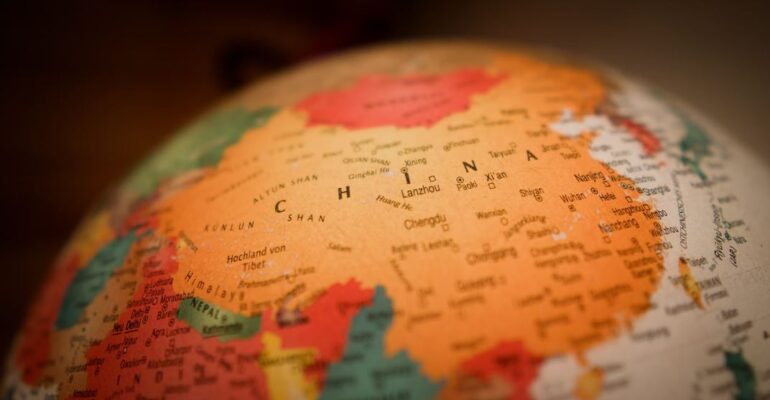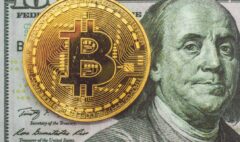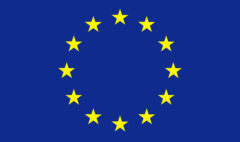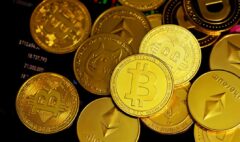A Look at China’s Low Inflation
May 10, 2022 2022-05-10 15:36A Look at China’s Low Inflation
A Look at China’s Low Inflation
China, officially the People’s Republic of China (PRC), has seen relatively lower inflation compare to its peers in Asia and even in the European and North American continent. China has been at the forefront during the COVID-19 pandemic that plagued the world’s biggest economies. Yet, while its counterparts implement aggressive monetary policies and the succeeding effect of rising inflation, the second-biggest economy seems to be one of the few countries that do not deal with the post-pandemic “Inflation Problem.”
China’s Low Inflation Main Contributors (CPI & PPI)
China’s Consumer Price Index (CPI) declined to 0.9% in January of this year, below the 1.5% recorded last December. January’s result has been the weakest inflation rate since September of 2021. In addition, the production inflation was at 9.1% in January, down from the 10.3% last December. However, consumer prices excluded in CPI increased by 0.40% in January, swinging from the 0.30% fall seen in December. It brings the annual average inflation to 1.0% in January compared to the 0.9% inflation recorded last December.
The Government’s data shows that the Consumer Price Index (CPI) is forecasted to average higher than its current level in 2022. In contrast, the Producer Price Inflation (PPI) may ease amid a high base of comparison and stabilization of commodity prices this year.
External/ Foreign Consensus
According to Nomura, “With a high base, contracting demand, and Beijing’s efforts to tame runaway energy and raw materials prices, we expect PPI inflation to fall to 8.6% YoY in February. For CPI inflation, because of weakening demand, lower food prices after the Lunar New Year (LNY) holiday, and the different timing of the LNY holiday, we expect moderation to 0.7% YoY. Taking into account the surge in global energy and raw materials prices over the past two months, we revise our 2022 annual CPI and PPI inflation to 2.0% and 4.2%, respectively, from 2.4% and 3.5%.” said in its most recent publication regarding China’s Inflationary Outlook.
On the other hand, FocusEconomics, a prominent economic publication, reported that the Consumer Price Index (CPI) would average 2.2% in 2022, unchanged from its previous estimate, and around 2% in 2023. Furthermore, Producer Price Inflation (PPI) is forecasted to average 3.6% in 2022, up by 0.3% points from its previous forecast on its website and 1.1% in 2023, respectively.
US Inflation Comparison
In contrast, the US latest Consumer Price Index (CPI) rose by 7.9% in February, the fastest annual inflation pace in 40 years. Furthermore, prices in the US climbed at their highest rates since 1981, increasing by 8.5% over the year to the end of March this year as the Ukraine-Russia Crisis continues to drive up energy expenditures in the world’s biggest economy.
Caused mainly by their different fiscal approach and monetary policies for dealing with the Pandemic in the previous years (2020-2021), the two biggest economies contrast each other with their inflation outcome.
China Beefing Up its Economy
China’s Central Bank, the People’s Bank of China (PBOC), said that “it will step up the use of structural monetary tools to help out suffering market players and cushion economic headwinds in a targeted manner while avoiding significant fluctuations in cross-border capital flows.”
The country aims to support the economy by extending loan repayments and speeding up the development of institutional loans (such as movable asset-pledged loans and credit loans) to hard-hit Chinese companies. PBOC will also enhance their support for Chinese banks to issue perpetual bonds to strengthen their lending capacity and capability and promote fee reductions by financial institutions to reduce the burden on institutions and individuals.
Low inflation comes with its own set of challenges and difficulties; thus, these inflationary steps should help reduce the financing costs, encourage borrowing and spending, and assist the second biggest economy faced with this unique problem.







